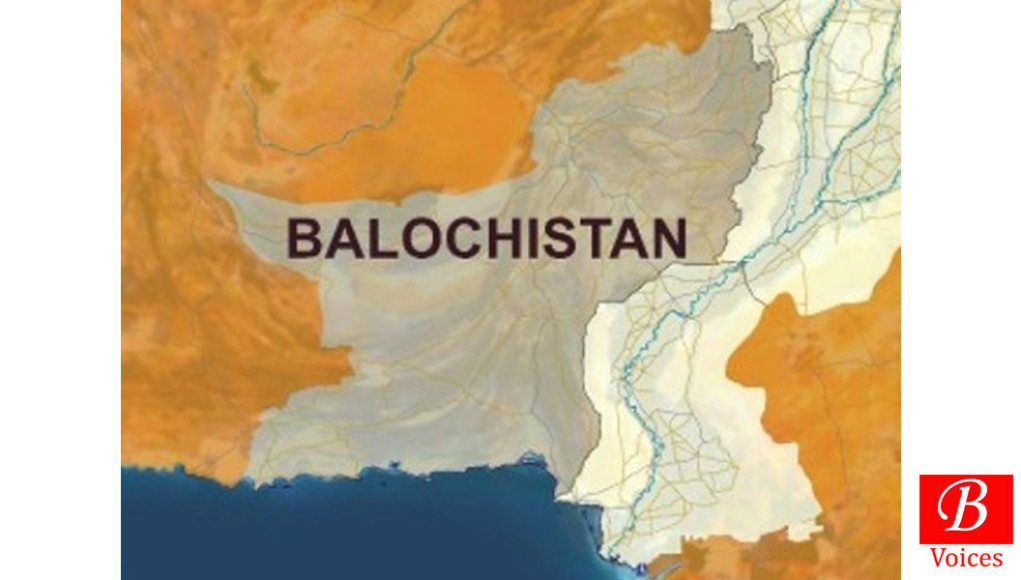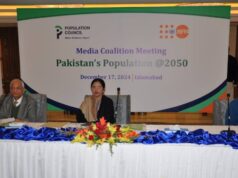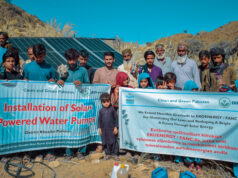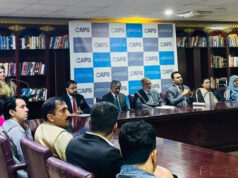Adnan Aamir
Last Sunday, BNP chief Sardar Akhtar Mengal spoke at a large gathering in Taunsa Sharif in Dera Ghazi Khan district of Punjab. Addressing the gathering, he said Dera Ghazi Khan and Rajanpur should be included in Balochistan because these areas had been part of Balochistan before the Partition. This demand by a prominent Baloch leader has triggered a new debate.
Balochistan has a complicated and controversial history. At the time of the inception of Pakistan, Balochistan was divided into two administrative regions: Chief Commissioner Province (British Balochistan) and the Kalat States Union. The former became a part of Pakistan at the time of Partition, while the latter acceded in March 1948. This accession became controversial and forms the base of arguments by all Baloch nationalists. Later, Kalat State Union became the Balochistan States Union in 1952. In 1955, this union was merged with the West-Pakistan province under the One Unit system. On July 1, 1970, One Unit was abolished and former British Balochistan and Balochistan States Union were merged to form what is the modern-day province of Balochistan.
Dera Ghazi Khan and Rajanpur districts have historical links with Balochistan. Both these districts of south Punjab were part of Kalat state. When the British occupied Kalat State, they demarcated borders and carved out these two districts out of Kalat state. In 1946, Sardar Jamal Khan Leghari, grandfather of late president Farooq Leghari, wrote a letter to the viceroy of India demanding that Dera Ghazi Khan and Rajanpur be made part of Kalat State.
Veteran politician Sardar Sherbaz Mazari writes about the merger of Dera Ghazi Khan and Rajanpur with Punjab in detail in his autobiography A Journey to Disillusionment. He writes that in 1948, Sardar Balakh Sher Mazari, who later became prime minister of Pakistan for five weeks in 1993, was appointed the head of the inter-provincial tribal jirga to decide the fate of these districts. The ruling bureaucracy of that time, which was overwhelmingly from Punjab, urged the elder Mazari to include these districts in Punjab instead of Kalat state.
Presently Dera Ghazi Khan and Rajanpur are firmly a part of Punjab. In fact, a tribal chief from Dera Ghazi Khan, Sardar Usman Buzdar, is the chief minister of Punjab. Therefore, circumstances of 1948 no longer exist when these two districts could have been made part of Kalat state if the inter-provincial jirga had not decided otherwise. Therefore, Akhtar Mengal’s demand is likely to face stiff opposition and it will be difficult to even put it on the national legislative agenda in Islamabad.
Moreover, historically these areas might have been part of Kalat state but the present-day ground realities are different. The tribal chiefs who win elections from these two districts have developed vested interests with Lahore and they will most likely resist handing over control of these districts to Quetta. Therefore, the demand for inclusion of these two areas in Balochistan is not practical anymore. It is mere political rhetoric and another opportunity for political point-scoring. For Mengal, it would be futile to pursue this line of play any further.
Balochistan is marred by a plethora of problems. From poor governance, corruption and tribal-based politics to unemployment, underdevelopment and political instability, Balochistan has its fair share of issues. Therefore, it will not be rational to further expand its territorial boundaries while the existing territory suffers due to the indifference of political leaders in Quetta and Islamabad. The focus should be on a more pressing issue – such as service delivery and welfare for the existing districts of Balochistan.
Balochistan already has 33 districts when the total population of the province, as per the 2017 census, is 12.34 million. To put it in context, Punjab has 36 districts with a population of 110 million. This means that Balochistan has roughly the same number of districts as Punjab when its population is almost nine times less. District management expenses of Balochistan are nearly the same as Punjab despite the huge difference in populations of both provinces.
A large number of districts become a problem when they increase the non-development administrative expenditures of the province. Resources of the federal divisible pool are divided largely based on population. Balochistan having just six percent of the population has very few resources but makes administrative expenditures at the same level as Punjab.
It is true that Balochistan has a vast geographical territory and districts can’t be formed purely on the basis of population. This is true for some districts of Balochistan but in the case of some new ones, the reasons were purely political. The ruling elite established new districts in their constituencies to consolidate their power at the expense of the provincial exchequer. Therefore, the composition of the existing districts should be revised.
As a starting point, a moratorium should be issued on the creation of new districts and divisions. Chief Minister Jam Kamal should not give in to any pressure or political blackmailing for the formation of new administrative units. Existing districts should also be rationalized on the basis of need. Larger districts can be divided into two and smaller ones can be merged with others. However, the total number of districts must not be increased at any cost. This decision will not reverse the existing expenses weighing on the provincial exchequer.
Lastly, the demands of reclaiming lost territories are always more tempting than administrative reforms. The former demand may get more traction and votes in elections but it is not the right approach. Therefore, the need of the hour is to do the right thing in the form of administrative reforms. Stop projecting fairy tales about the inclusion of Dera Ghazi Khan and Rajanpur in Balochistan.
Originally published in The Friday Times
Share your comments!








